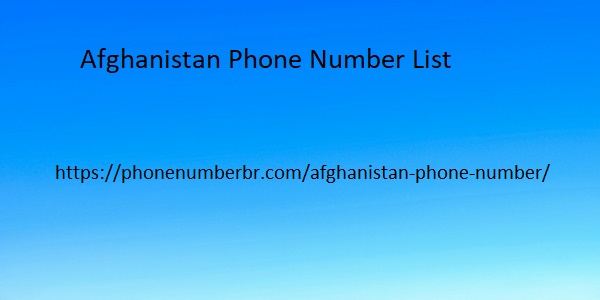|
|
Lead is widely known for its ability to block radiation, particularly ionizing radiation such as X-rays and gamma rays. This is due to its dense atomic structure, which effectively absorbs and prevents the penetration of high-energy radiation. However, when it comes to cell phone radiation, which is primarily non-ionizing radiofrequency (RF) radiation, the effectiveness of lead is much less straightforward.
Cell phones emit RF radiation, a form of Afghanistan Phone Number List electromagnetic energy that is non-ionizing, meaning it does not have enough energy to ionize atoms or molecules and directly damage DNA. While there is ongoing debate about the potential health risks of long-term exposure to RF radiation, it is generally considered less harmful than ionizing radiation. Nevertheless, some people remain concerned about the potential effects of prolonged exposure, especially with the growing reliance on mobile technology.
Lead, due to its density, can block some forms of radiation, including non-ionizing radiation to an extent. However, its effectiveness in blocking RF radiation is limited. Non-ionizing radiation behaves differently from ionizing radiation, and while lead can attenuate RF signals, it is not the most efficient or practical material for this purpose. Other materials, such as copper, aluminum, and specialized fabrics, are more commonly used in shielding applications to reduce RF exposure because they interact better with electromagnetic waves.

Furthermore, lead is not only impractical but also potentially hazardous for everyday use. Lead is toxic, and prolonged exposure can result in severe health issues, such as neurological damage, kidney problems, and developmental delays, particularly in children. As a result, products containing lead are heavily regulated and are not recommended for consumer use in devices designed to mitigate RF radiation from cell phones.
In practice, people concerned about cell phone radiation often turn to other methods of reducing exposure, such as using EMF-blocking phone cases, reducing the amount of time spent on calls, using speaker mode, or employing hands-free devices like Bluetooth headsets or wired earphones. These approaches are more practical and do not carry the health risks associated with lead.
In conclusion, while lead can block radiation, it is not a practical or effective solution for reducing cell phone RF radiation. Safer and more efficient materials and practices exist to minimize exposure without the risks associated with lead.
|
|
 |Archiver|手机版|小黑屋|Discuz For TBL
( 湘ICP备2022007890号-1 )
|Archiver|手机版|小黑屋|Discuz For TBL
( 湘ICP备2022007890号-1 )